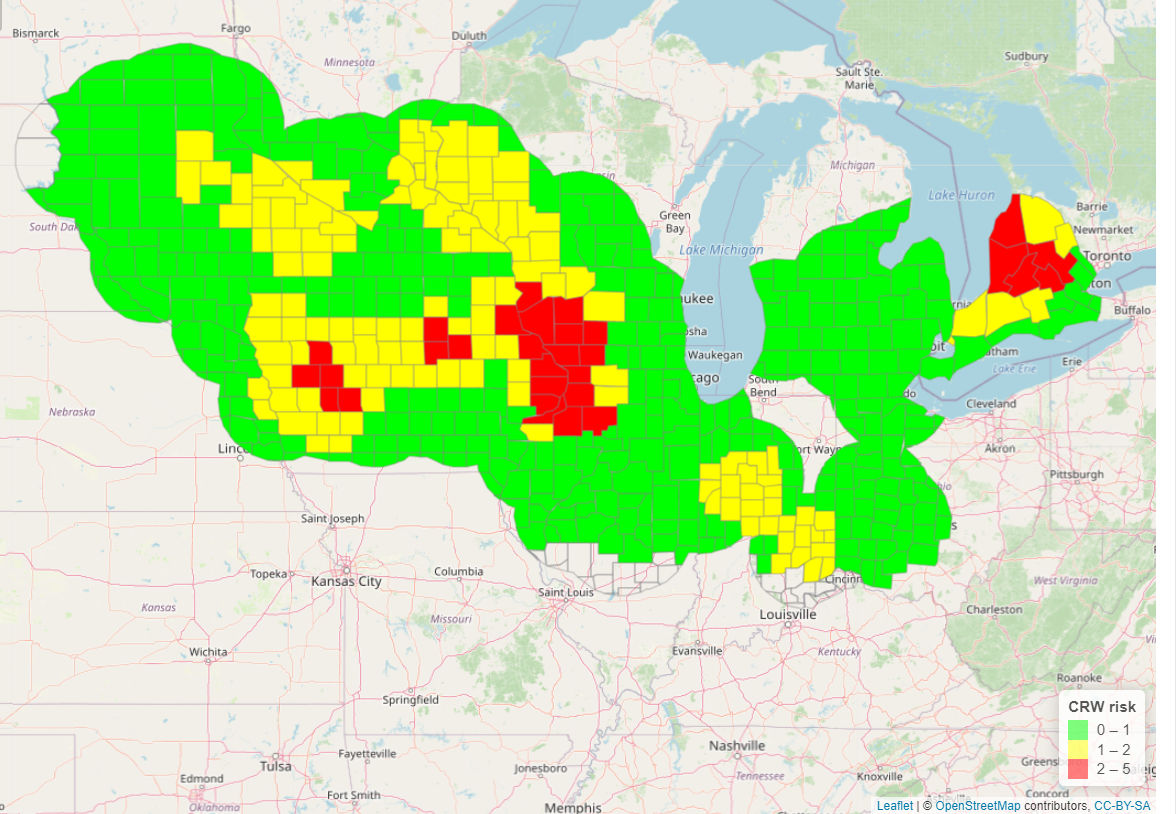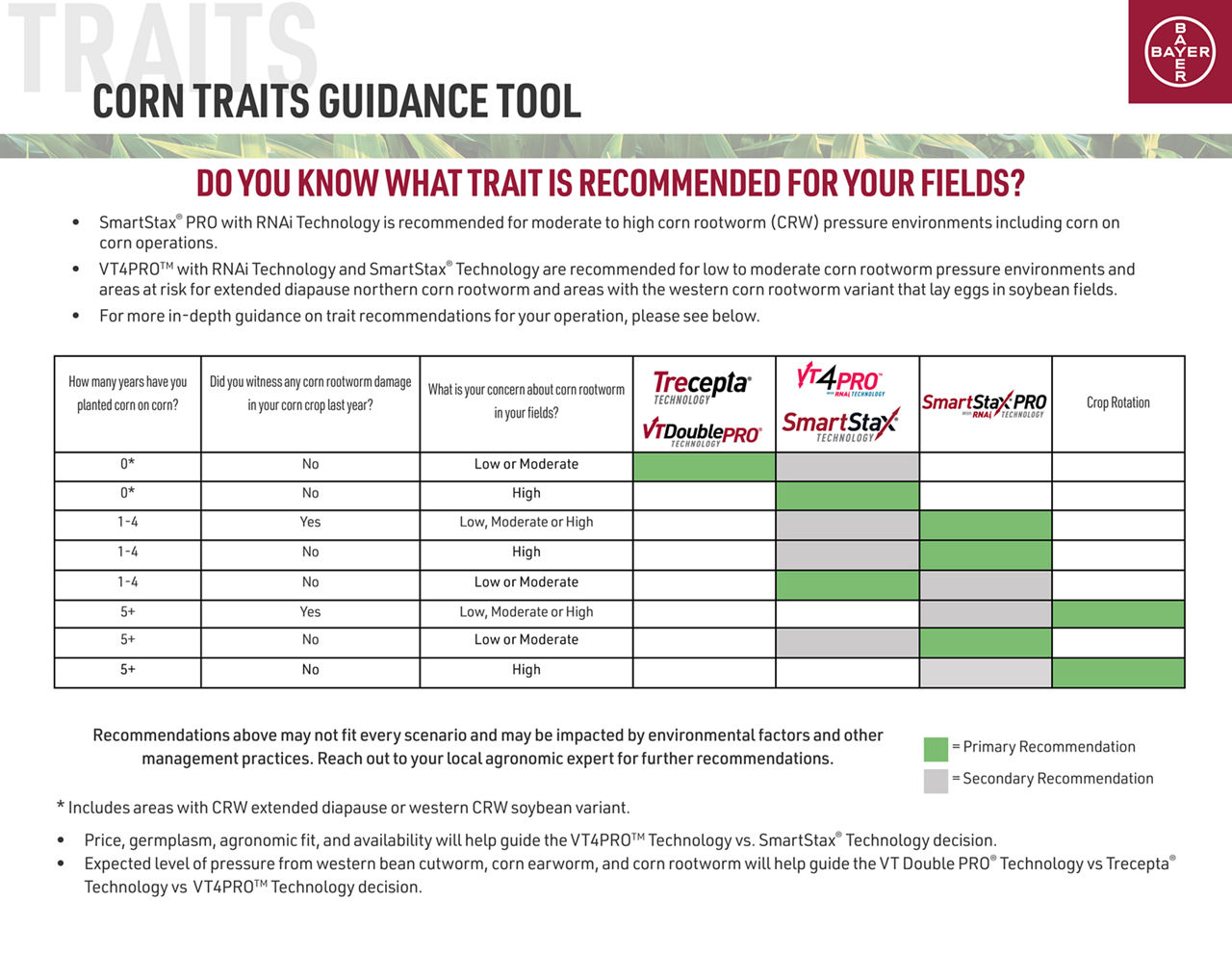Corn Product Selection Concerns with Low Commodity Price
December 16, 2024
Commodity prices over the past few months have kept many of us wanting more. We can do our best to pray or hope for a rebound, but that does not seem like the best decision or plan. I have had many conversations with Channel® brand SeedPros and customers over the past few weeks about where would be the best place to cut costs. This is a valid discussion as we continue into the winter months. Commodity experts are not providing positive forecasts for 2025. So, how do we help our customers manage their operations for the 2025 planting season? Encouraging them to control what they can control like product placement is a great place to start. How can we help our customers make the best decisions for their fields? What do we need to look at to help them?
Know what you have in your fields
The first step to making the best decision on product placement is knowing what your soil is delivering to your crops in your fields. The best tool to know what nutrients are available in your soil is soil sampling. I know soil sampling is not directly related to seed products; however, sampling does help us understand what nutrients, pH, and organic matter the soil has available for the next crop. I highly encourage my customers to soil sample their fields with grids of about 2.5 acres at least once every three to four years. Grid sampling takes a field and breaks it down into “grids” which are typically GPS marked for future sampling. That way you can see how your fertilizer plan is changing the soil chemistry.
I would hesitate to cut back on maintenance fertilizer because having more bushels to sell is better than less. Think about pausing a buildup fertility program if you are trying to cut costs but be sure to have enough fertilizer for your yield goals.
Know your field history
Once you know what the fertility levels are in your field, it is time to collect more information. Have a good understanding of what your crop rotation is and what issues you may have had in the past in each field. A detailed field history can help with deciding what farming practices may be needed for the upcoming growing season. Things to keep in mind are crop rotation, insect pressures, and weed pressures. Rotating crops can help reduce the potential for disease, insect, and weed infestations. For example, a corn-on-corn rotation might cause elevated corn rootworm pressure. Knowing this can help with understanding what corn insect traits may be needed. Can you get by with an aboveground only product or do you need a product with belowground pest traits? Which trait package is best adapted for the immediate area?
Another important field history question is what is your yield goal? Fertilizing and planning for a field with a yield goal of 200 bushels per acre is different than planning for a yield goal of 250 bushels per acre as more fertilizer and potentially more seed may be needed. Placing a non-adapted corn product in a field can potentially become a bad decision. Poor product placement can dramatically reduce yield potential, but can also negatively impact plant health, late season standability, and harvestability.
Learn about trait options
Now that you know your field fertility levels and field history, it is time to learn and understand traits. Know which traits have aboveground only protection like Trecepta® corn and VT Double PRO® corn products. Know which belowground traits, such as SmartStax® PRO Technology or VT4PRO™ Technology, are potentially the best option for a field. In high-pressure corn rootworm fields, especially corn-on-corn, SmartStax® PRO Technology products should be considered. For low to moderate corn rootworm pressure, VT4PRO™ Technology products and SmartStax® corn products are options to consider. The 2025 corn rootworm risk map, based on 2024 corn rootworm surveys, provides graphic data for where corn rootworm pressure may be high in 2025 (Figure 1). The Bayer Crop Science Trait Guidance Tool can help determine which trait to consider (Figure 2). Knowing which trait to use can help spread the risk across your acres. Not using a corn rootworm trait or soil applied insecticide when rootworm pressure is moderate to high can potentially cause a huge reduction in product performance. The trait package used also dictates a potential herbicide program. VT4PRO™ Technology, Trecepta® corn, and VT Double PRO® corn products are tolerant to glyphosate, NOT glufosinate. SmartStax® corn products and SmartStax® PRO Technology products are tolerant to glyphosate and glufosinate.


Putting it all together
Having a great plan going into the season is always important but becomes even more important in times where commodity prices are low. Every decision is magnified. Corn products should be evaluated for their characteristics and planted in fields based on those characteristics. A misplaced product can potentially affect the bottom line negatively. That’s why you need to know soil fertility levels to help establish yield goals for each field. Knowing which insect protected traits are available to plant can help protect yield potential and your bottom line. There is no question in my mind that a good and profitable season can be possible during low commodity prices; however, low prices do enhance the need to make the best decisions with the information you have for the highest potential profit.
Channel Agronomist
Kevin Rothzen
1110_465401